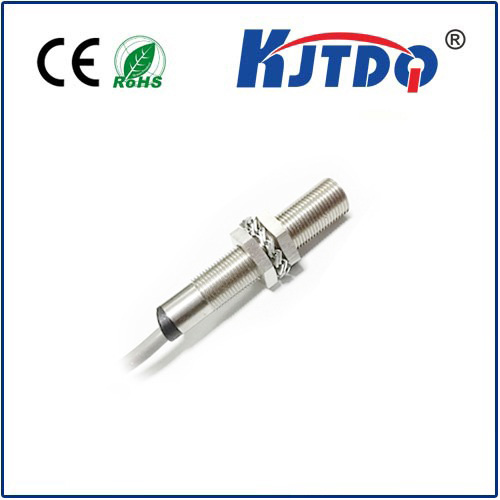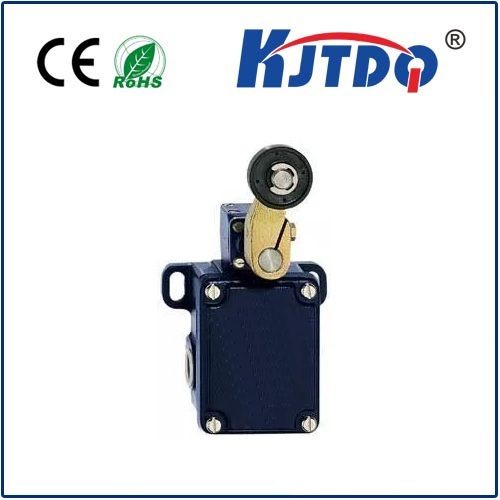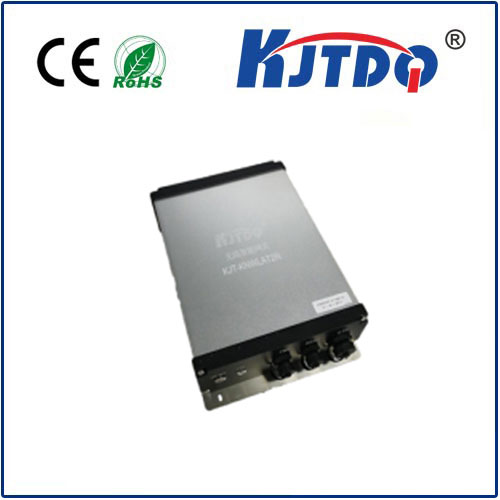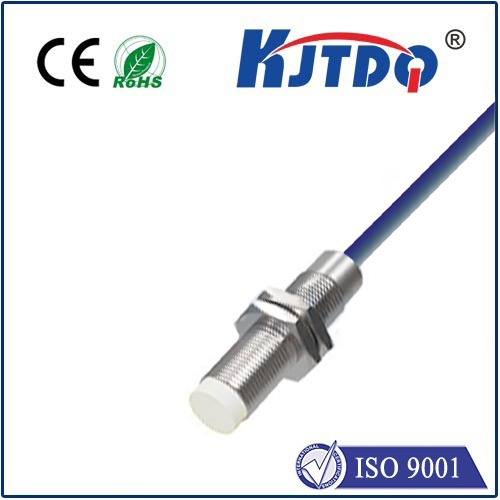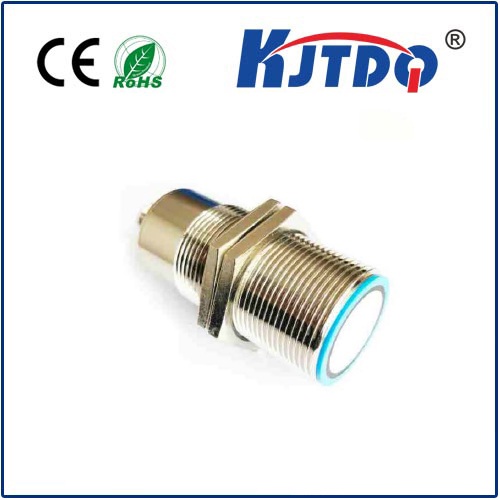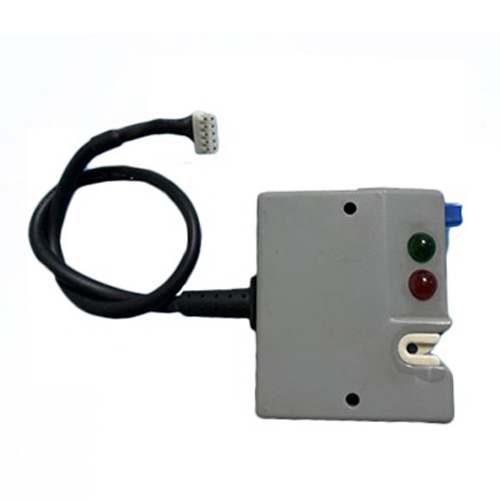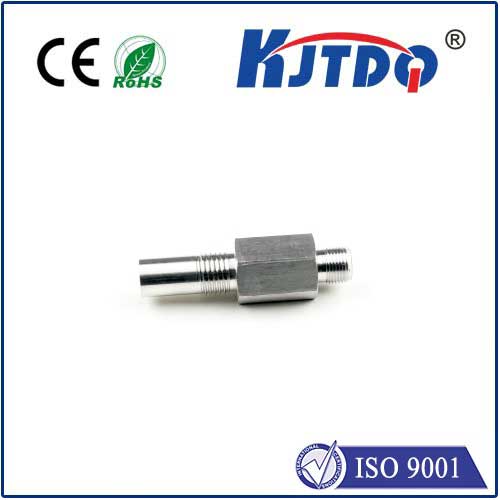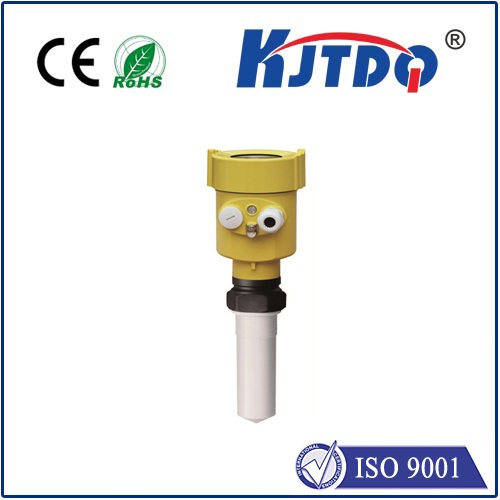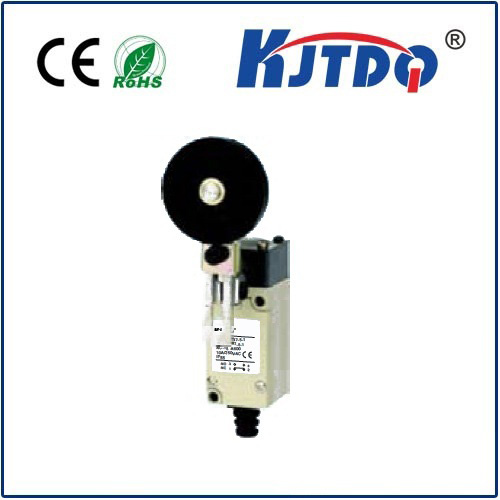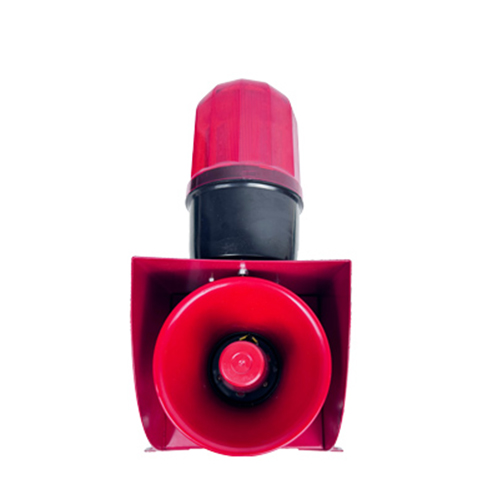

check

check

check

check

check

check

check

check

check

check
Ever needed to detect an object’s exact position or continuously monitor a subtle change on your production line, not just confirm presence or absence? Traditional on/off sensors often fall short here. That’s where the specialized capabilities of analog photoelectric sensors, like the Omron E3ZM-CR61-M1TJ, become indispensable. This compact, 0.3m range powerhouse excels in applications demanding nuanced detection and continuous feedback, making it a crucial tool for enhancing process control and quality assurance.
Photoelectric sensors work by emitting a beam of light (visible red in the case of the E3ZM-CR61-M1TJ) and detecting the changes in the received light intensity caused by an object interrupting or reflecting that beam. While simple digital sensors provide a basic “yes/no” output, analog sensors offer a significantly richer data stream. The E3ZM-CR61-M1TJ provides an electrical output signal (either voltage or current, typically 0-10V or 4-20mA) that varies proportionally to the amount of light received by its receiver. This continuous output translates directly into valuable information about the target object.
So, what does this mean practically? Imagine needing to monitor:
For these scenarios, knowing how much light is being reflected or blocked is far more useful than just knowing if the beam is broken. The analog photoelectric sensor E3ZM-CR61-M1TJ is explicitly designed for this level of detail.
Delving into the E3ZM-CR61-M1TJ’s Core Attributes:

0.3m Sensing Range: The “0.3M” specification clearly defines its optimal operating distance. This 0.3-meter range strikes an excellent balance, offering sufficient reach for many common industrial applications involving smaller assemblies, packaging lines, or inspection points, while maintaining high sensitivity and stability. It eliminates the guesswork associated with setting up long-range sensors unnecessarily.
Analog Output Flexibility: This model provides both voltage (0-10V) and current (4-20mA) output options via its M12 4-pin connector. This flexibility is vital for seamless integration into diverse control systems. The 4-20mA output is particularly renowned in industrial settings for its superior noise immunity over long cable runs. Continuous signal variation is the essence of its functionality.
Diffuse-Reflective Operation: The E3ZM-CR61-M1TJ utilizes a diffuse-reflective sensing method. This means the emitter and receiver are housed together in a single unit. The sensor detects light reflected diffusely off the target object back towards the receiver. This design simplifies installation compared to through-beam sensors (which require separate emitter and receiver units), as only one device needs mounting and wiring. Compactness and ease of setup are significant advantages here.
Robust Industrial Build: Engineered for demanding environments, this sensor boasts an IP67 rating. This signifies robust protection against ingress of dust (total) and water immersion up to 1m for 30 minutes. It’s built to withstand the typical rigors of factory floors – oil mist, coolant splashes, and vibrations. Its durability ensures long-term reliability and minimizes downtime.
Highly Visible Beam & Indicators: A bright red LED beam makes alignment during installation and troubleshooting significantly easier. Furthermore, distinct status LEDs clearly indicate power status and output state, providing instant visual feedback on sensor operation.
Where the E3ZM-CR61-M1TJ 0.3M Shines: Applications Galore
The unique combination of analog output and a practical 0.3m sensing range makes this sensor incredibly versatile:
Operational Advantages: Why Choose This Analog Solution?
The Omron E3ZM-CR61-M1TJ 0.3M Analog Photoelectric Sensor represents a focused solution for applications demanding more than simple object detection. Its ability to deliver a continuously variable output signal proportional to the detected light intensity unlocks capabilities for precise measurement, monitoring, and control within its effective 0.3-meter range. Combining this analog functionality with a diffuse-reflective design, robust IP67 construction, and clear visual indicators makes it a versatile and reliable workhorse for engineers seeking to enhance process visibility, quality control, and automation flexibility in diverse industrial settings. When you need to move beyond “yes” or “no” and understand “how much,” this sensor provides the critical data link.
